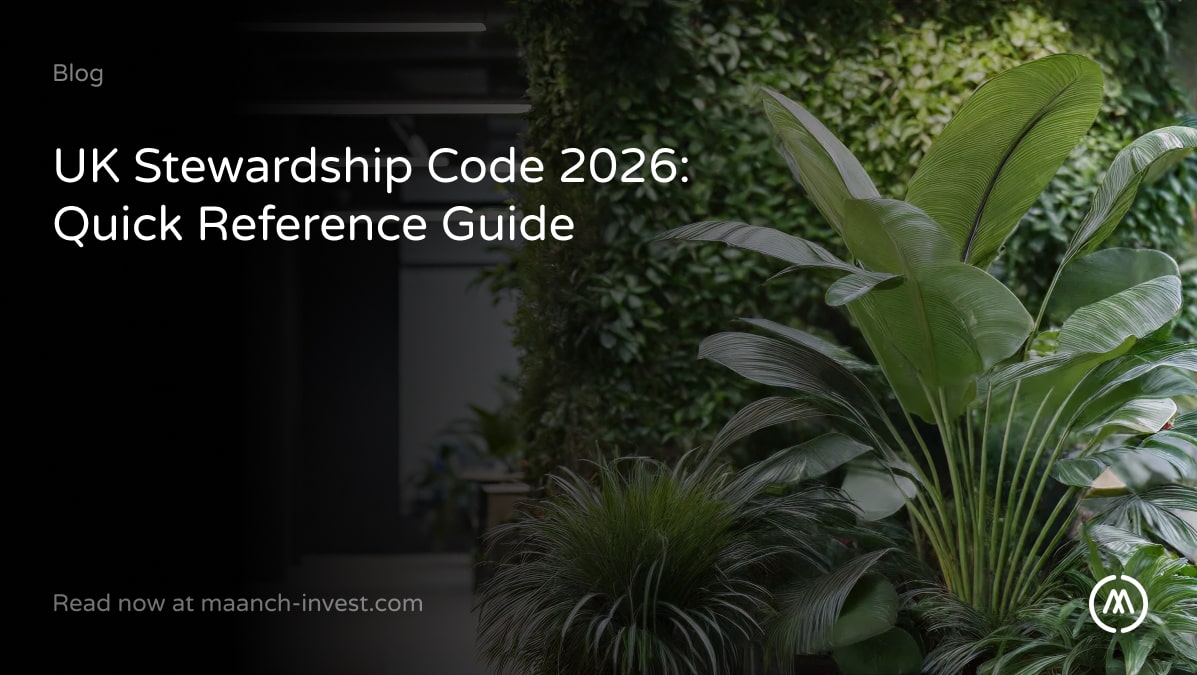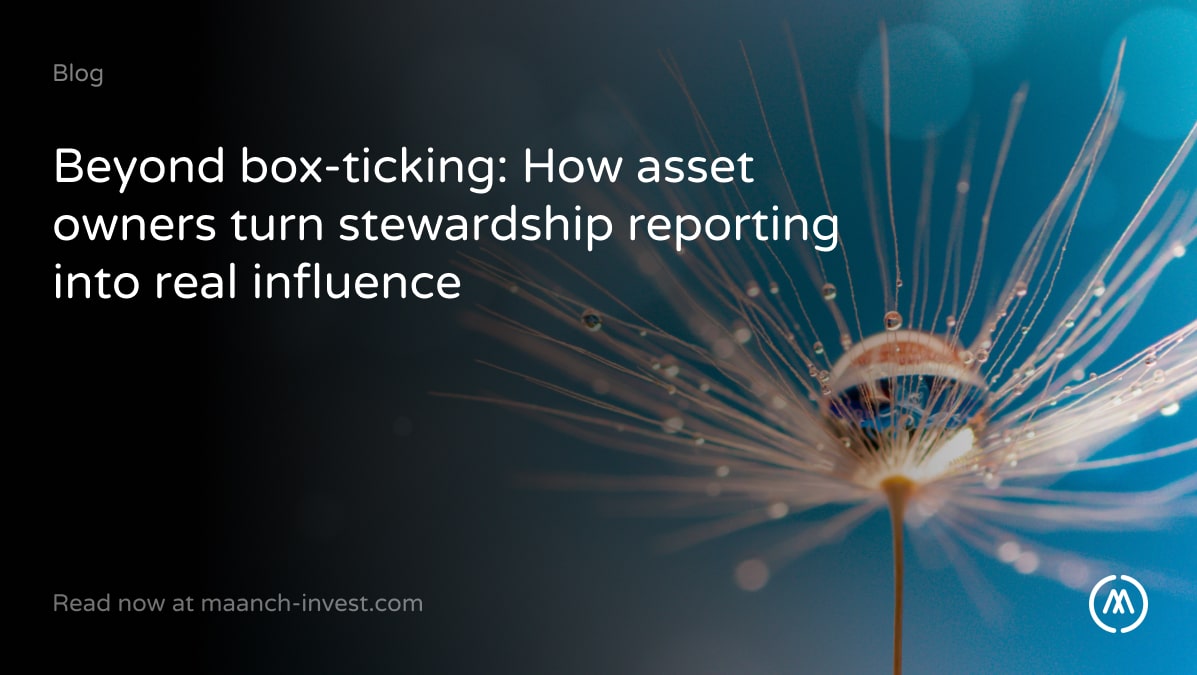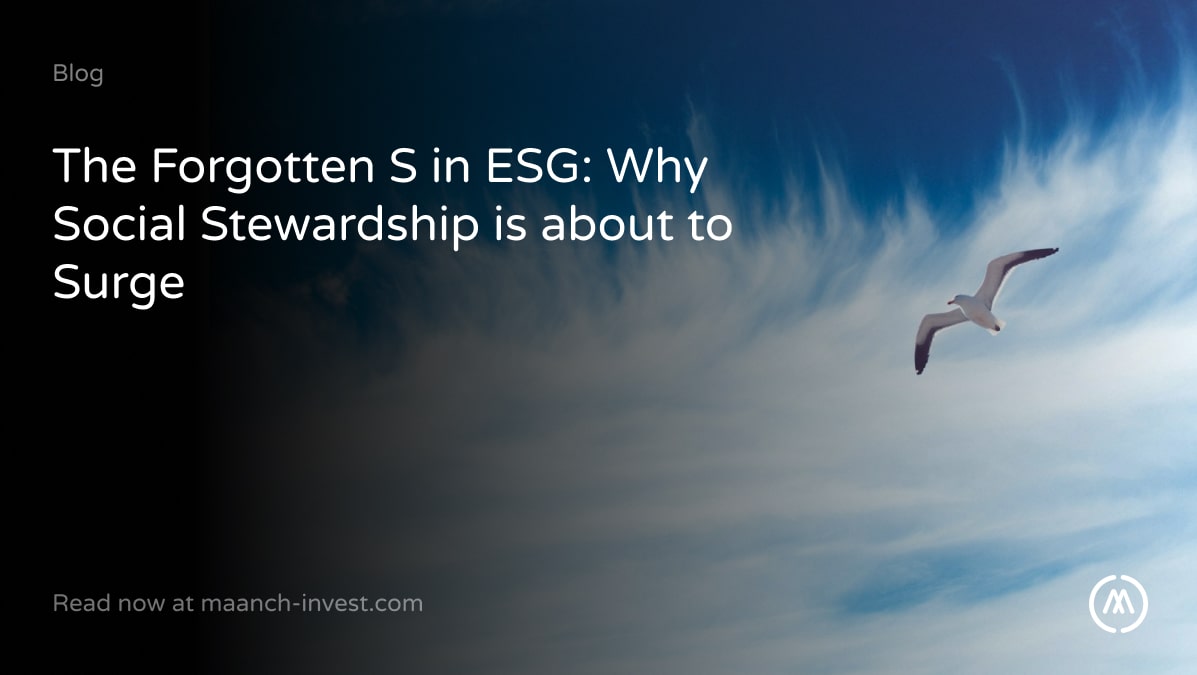Sustainability and Impact don’t only concern the ESG risks, business model, strategy and competitive positions but also intangibles and materiality that future proof the company’s growth. Corporate engagement with potential risk frameworks going beyond modelling their business for impact makes them attractive to high net worth investors who are engaging with the full spectrum of responsible investing from negative screenings within sectors to impact investing.
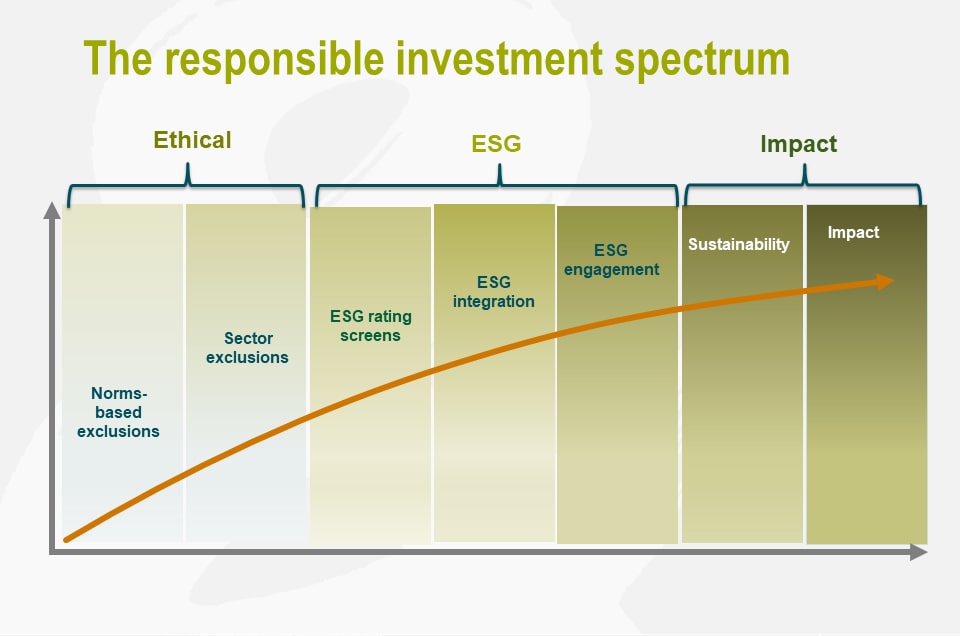
Here are the 5 lenses through which businesses can navigate the responsible investing spectrum that goes beyond ESG and looks forward to ‘Impact’.
Intangible Assets
Intangible Assets of a company, though invisible are crucial drivers of long term financial growth. Goodwill, copyrights, patents, brand equity, R&D, licensing and rights, customer listings have rapidly risen in their importance in valuation models factoring in key investors decisions. In 2018, intangible assets for S&P 500 companies hit a record value of $21 trillion.
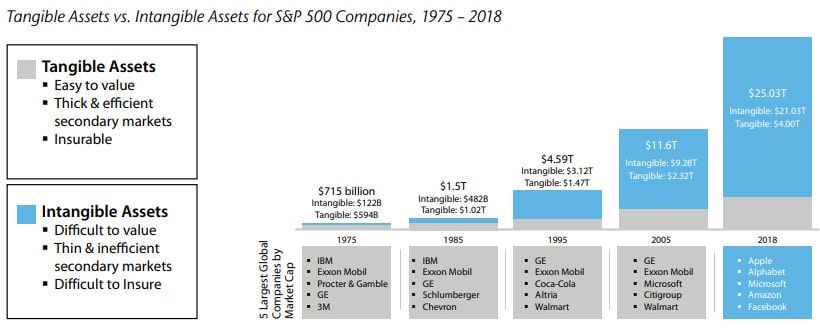
Intangibles are not always disclosed in portfolios, yet investors gain deeper insights into the future health of the company by assessing those metrics. Managers would uncover key competitive advantages and greater potential for returns by tapping that layer of intangible resources around the company and its ecosystem to leverage their own worth of intangible assets.
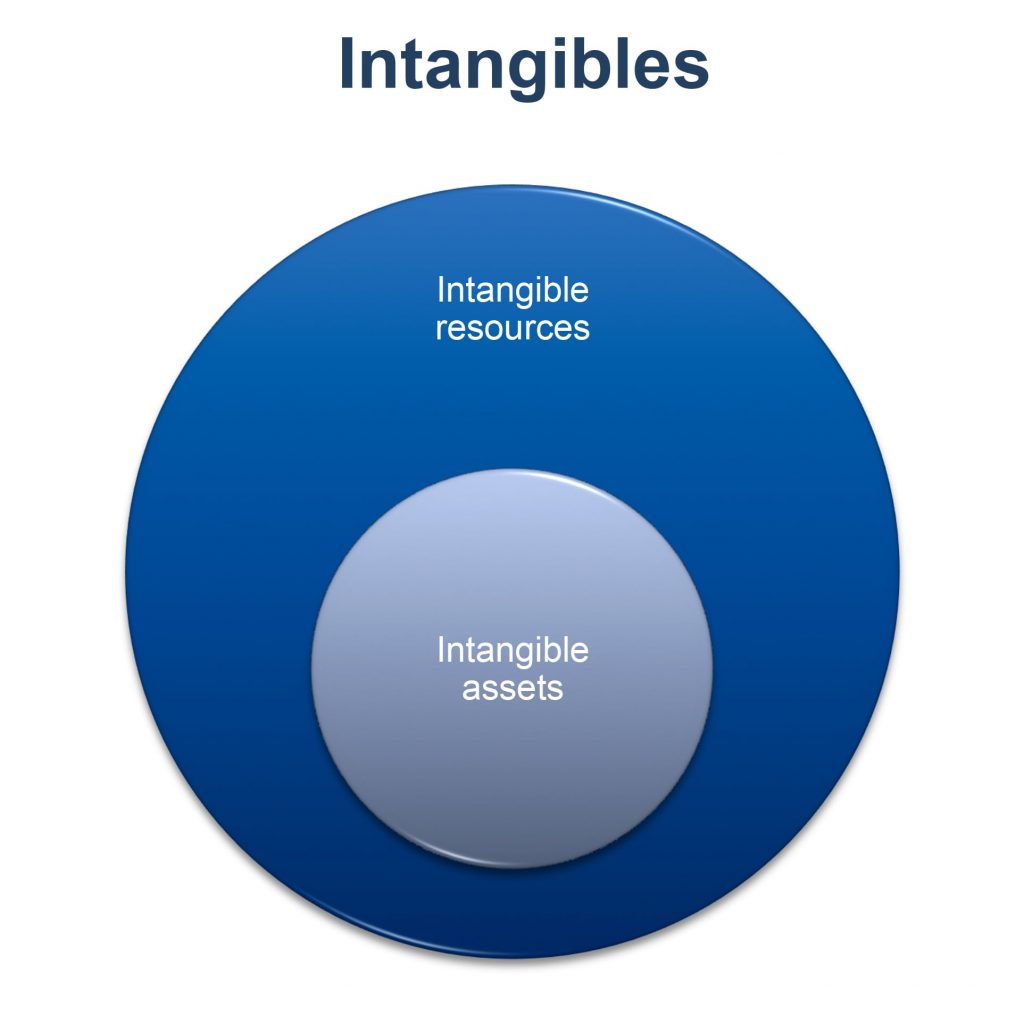
Materiality
One of the main hurdles of sustainable finances is the topic of ‘Materiality’ where issues are hard to capture and measure. Materiality issues can be broadly classified into the following kinds with an example of a case: Novozymes and their mix of materiality along the axises of importance to stakeholders and impact on Novozymes.
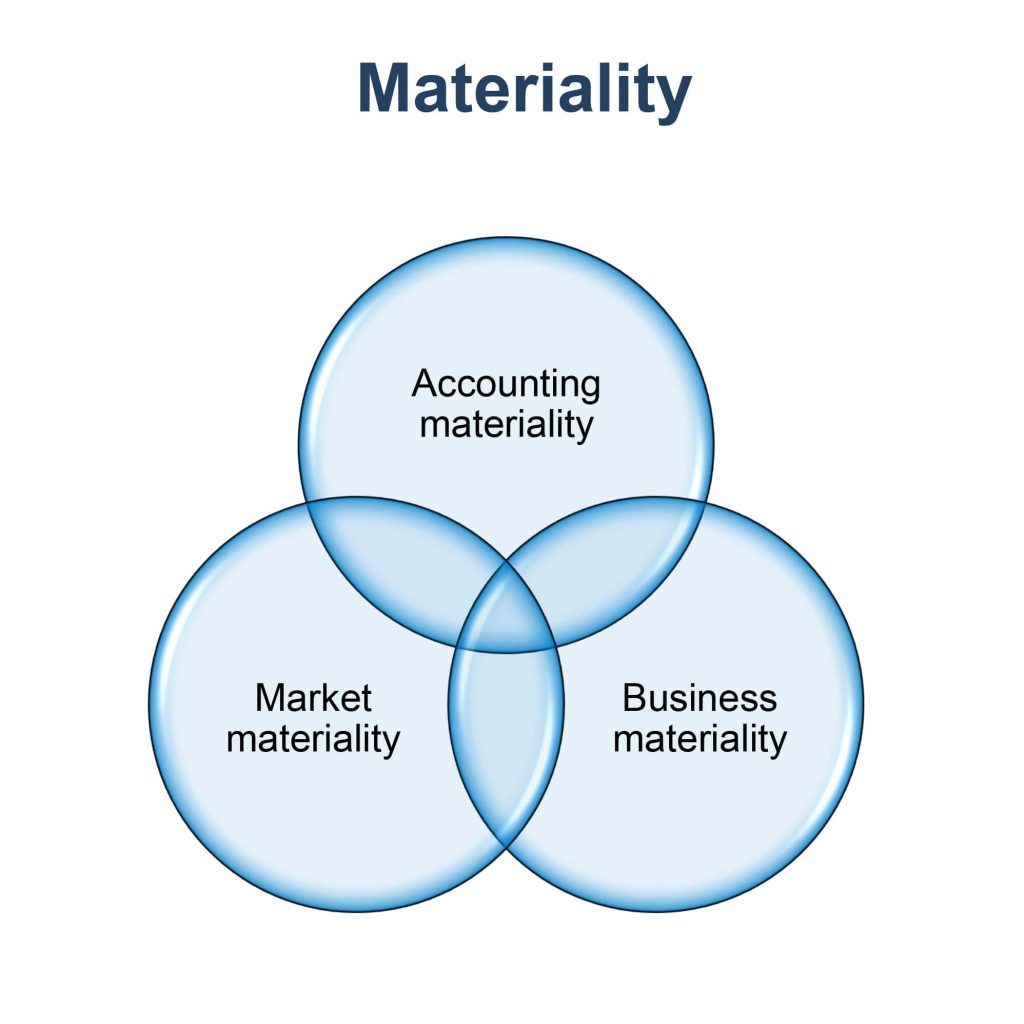
Cautioning on the shortcomings of the materiality aspect of investing: (i) what and who decides what is important in the assessment of sustainability? (ii) how do we measure/quantify the values, (iii) how to drive motivation through the board of directors for action? In this example, ‘waste’ and ‘labour practises’ figure quite low for both the company impact + stakeholder importance and this dowplay also factors in Novozymes ESG rating. A situation as such might be dangerous if not future proofed for risks, eg: 2020, we saw fast fashion retail brand, Boo-hoo slide into a major investor pullout due to detection of unfair labour practises in their supply chain, thus cautioning investors and companies to pay head to ESG ratings standards and assessment frameworks.
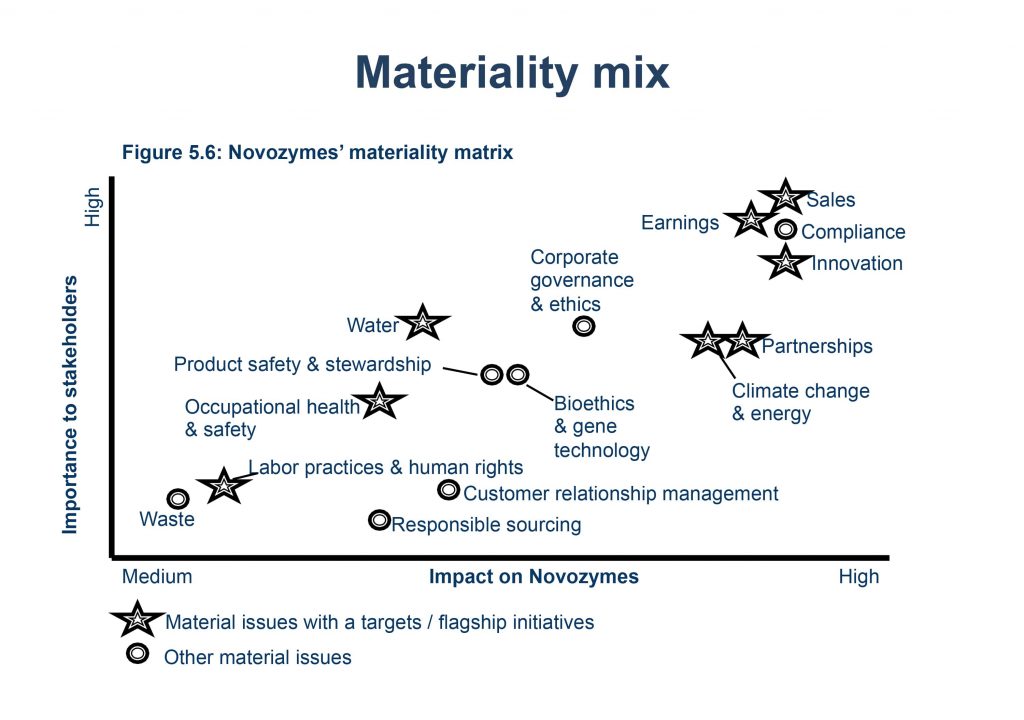
Intentionality
Conversations around Corporate Purpose have once again gained attention, especially in the light of the ‘Intentionality’ criteria of the ABC Fund Management’s preferred investment strategy or portfolio management. In order for the financial sector to be truly equip to provide long term solutions for impact generation through efficient allocation of resources (vs a response or reaction to regulatory frameworks by negative screening or exclusion of sin stocks) they have to refocus on the wider social utility of their money and not be overwhelmed by short term strategies, benchmarking. Then it goes without saying that only through a marriage of the stated intentionality of investors with the mission and purpose of the businesses/investees, the inputs of an investment strategy can be mapped onto the outputs, outcomes of the investee’s engagements. The story of impact can only be drawn from the bedrock of this foundational premise of purpose and intentionality. Mission lead companies benefiting from the holy grail of direct investments where an investors beats the mutual or index fund to gain a fuller access to impact tracking of the investee often by default of the arrangement have to maintain higher performance standards both in their own asset classes and impact category. An E2E impact tracking and focus on outcomes also goes a long way in building trust between the engaging stakeholders. January 2021, McKinsey studies the anticipated key trends to transform businesses and comes up with their 9 keys to success in future-proofing their systems. Purpose, Value and Culture seem to the top points in their 9 keys.
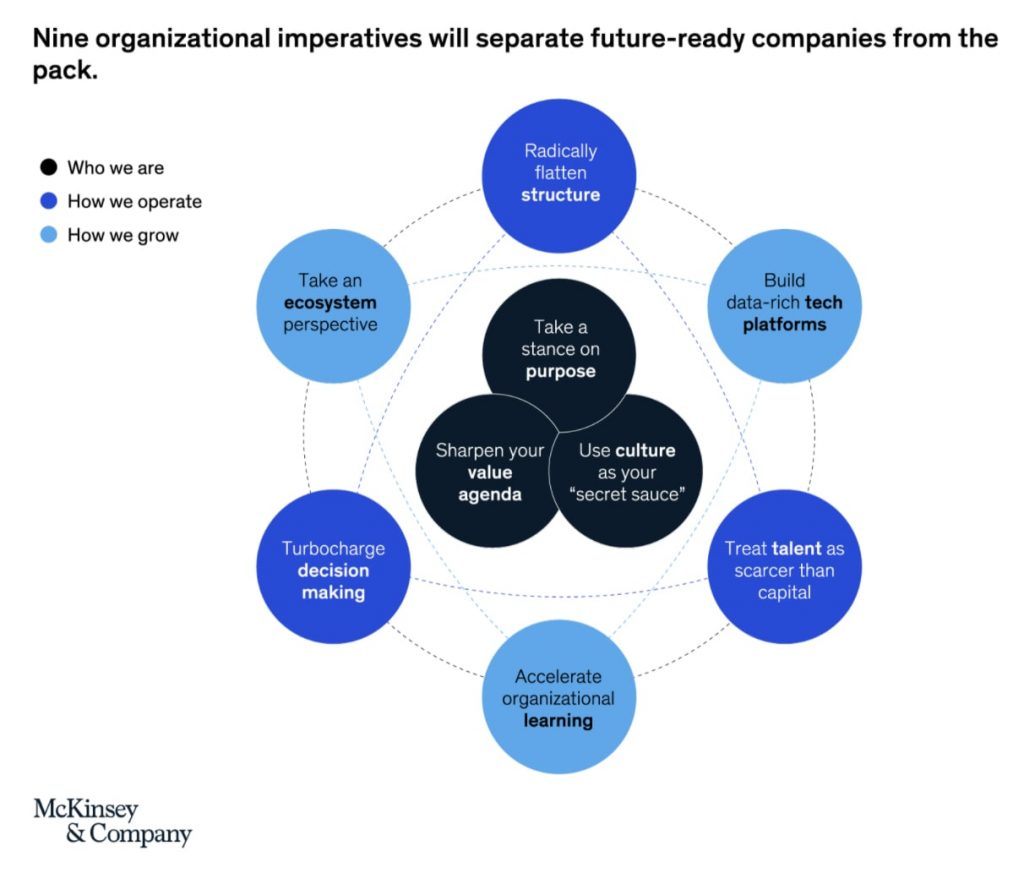
Measurability
‘Measurability’ has been the prime challenge for investors: Identifying positively impactful companies and weighing their impact requires great effort and a robust framework. The trend for most companies has been to enter one or the other impact funds, which then demands of them effective disclosures and reporting of their operations. M&G in 2020 against the backdrop of their pandemic investment strategy asked their investee companies to provide data on the company’s activities and alignment with the 17 SDGs.
Additionality
The concept of ‘Additionality’ that remain popular among traditional impact investors (recently w/r green bonds) but deemed as hard to integrate into measurable, practical outlooks can be a window of opportunity for government policy regulators and companies to incentivise investors with robust financial propositions via facilitating data disclosure in a framework that effectively captures this aspect from within their supply chains.
Read about Transitioning into the ESG space.

